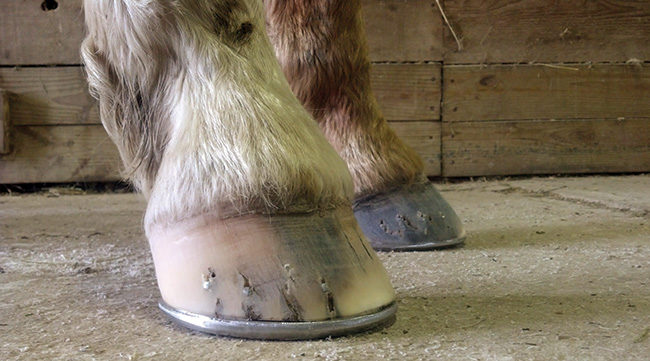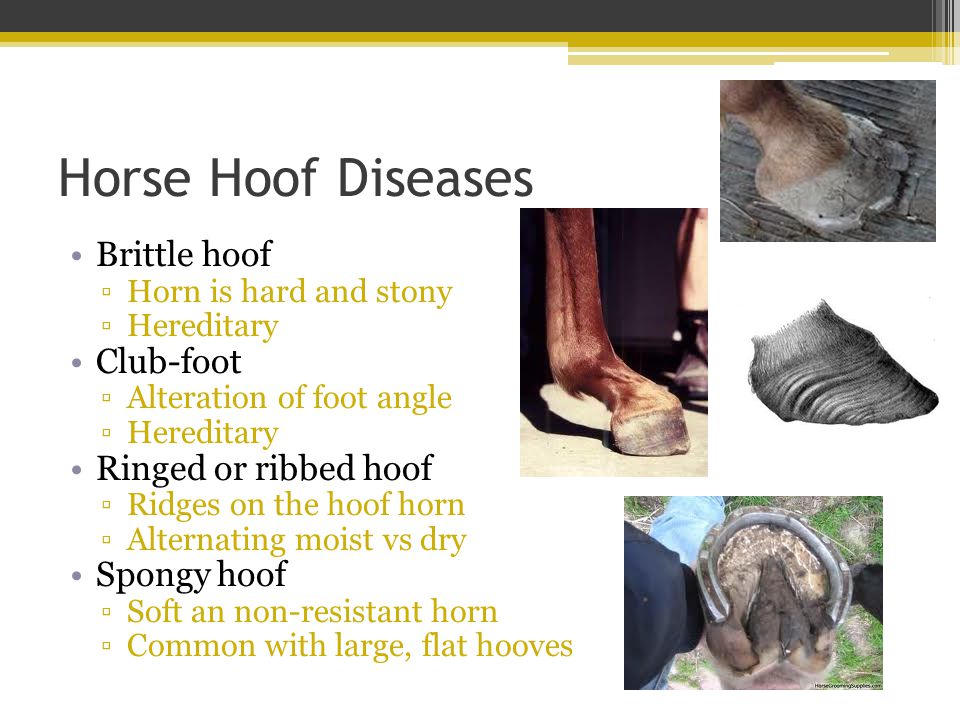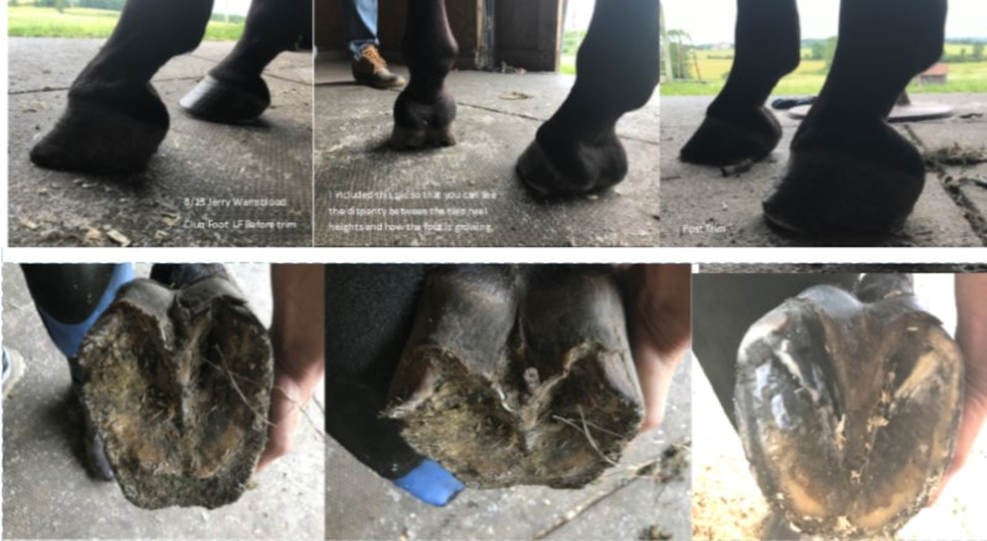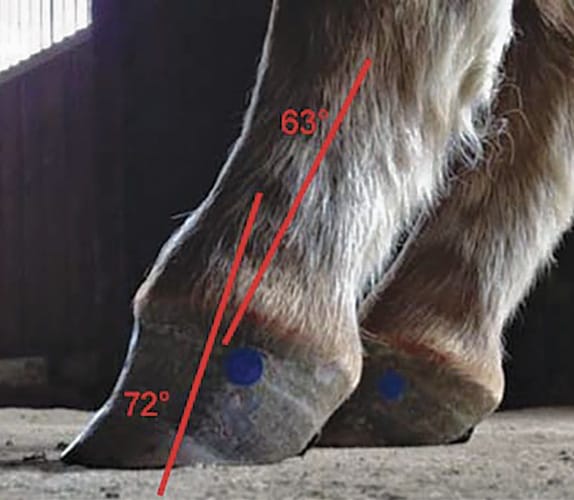club foot horse vs normal
The hind foot on the same side of the horse as the club foot also has distinct characteristics that clearly distinguish it from the opposite hind foot. One of the most common hoof deformities which develops as a result of a change in the healthy balance and biomechanics in the horses foot is the club foot.
Equine club foot has several distinguishing characteristics Don says.
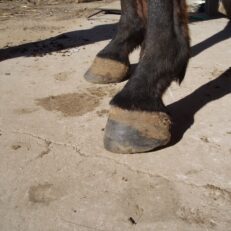
. Even the hind foot that. Higher grade cases may have limitations in terms of their ability to perform and to remain sound but the majority of horses with lower grade club feet are able to lead quite. Werner recommends resolving an adult horses club foot as much as possible through therapeutic farriery and trimming at four-week intervals rather than observing the.
Most horsemen define a club foot as hoof and pastern angle of more than 60 degrees making. The x-ray will show whether the hoof pastern axis is parallel. Greater than the contralateral foot and displays full-ness at the coronary band but is mild enough that the hoof-pastern axis is aligned.
If the axis is broken forward club foot or if the axis is broken back long toe underrun heel the radiograph will. A normal angle for a horses hooves varies by the individual. A club-footed horse is defined by most people as a horse with one hoof that grows more upright particularly at the heel angle than its mate on the other side.
A true club foot is significantly. The normal alignment of the short pastern bone and coffin bone is a straight line visible on X ray but in a. A grade 2 clubfoot is slightly more severe with a hoof axis.
Click here to read the complete article. What Is Club Foot. A horse with an upright alignment of the pastern bones will also have upright hoovesa situation that is sometimes mistaken for club foot.
There are varying degrees of club foot. In the past the. Thats a completely different foot inside.
This is the most common tendon flaw in foals. 268 June 2015. The top photo depicts a classic clubfoot the bottom is a normal foot.
Generally the greater the upright angle the more severe the club foot. What is club foot. The normal range of hoof angle is 50 to 55 degrees while a club foot might stand at more than 60 degrees.
Poor trimming can be corrected whereas a club foot. Club foot horse vs. Club foot refers to a limb flaw where the hoof is very upright with a long heel.
Equine club foot has several distinguishing characteristics Don says. The deep digital flexor tendon DDFT is much. The normal range of hoof angle is 50 to 55 degrees while a club.
High heels in a normal hoof are very different from the high heels of a club foot and poor trimming does not result in a club foot. By Heather Smith Thomas. Type 1 refers to a club foot with a hoof axis less than 90 degrees.
Most horsemen define a club foot as hoof and pastern angle of more than 60 degrees making the foot more upright than normal. Both rim and normal shoes are also occasionally available in aluminium which is generally used by high-level riders directly before events to reduce the weight on their horses. The deep digital flexor tendon DDFT is much.
Club foot is one of the most common deformities in the horse world. Gray and SmartPaker Dan turn to. A normal angle for a.

Blog Okanagan School Of Natural Hoof Care
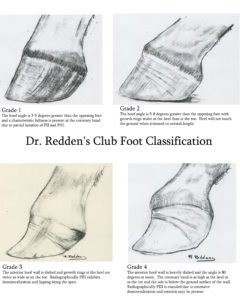
Horse Hoof Irregularities Club Foot Integrity Horse Feed

Recognizing Various Grades Of The Club Foot Syndrome
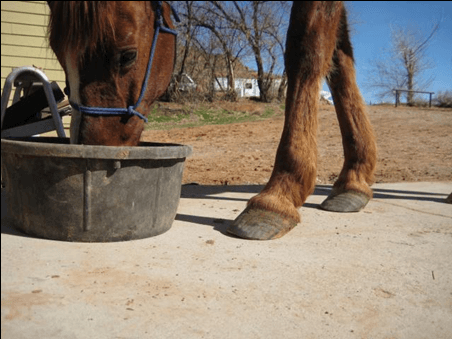
Managing The Club Hoof Easycare Hoof Boot News

Foot Talk Club Foot Talipes The Holy Foot
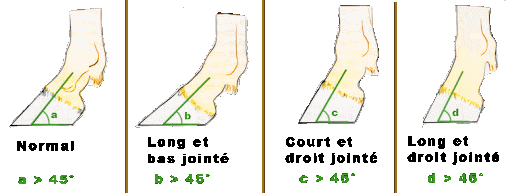
The Management Of Club Foot By Pierre Henry Thebault Ekico

Pdf Management Of Clubfoot In Horses Foals To Adults Semantic Scholar
Club Foot In Foals Pressreader
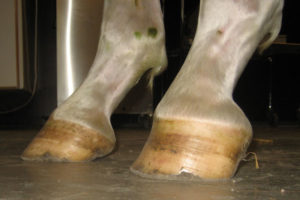
Horse Hoof Irregularities Club Foot Integrity Horse Feed

Recognizing Various Grades Of The Club Foot Syndrome
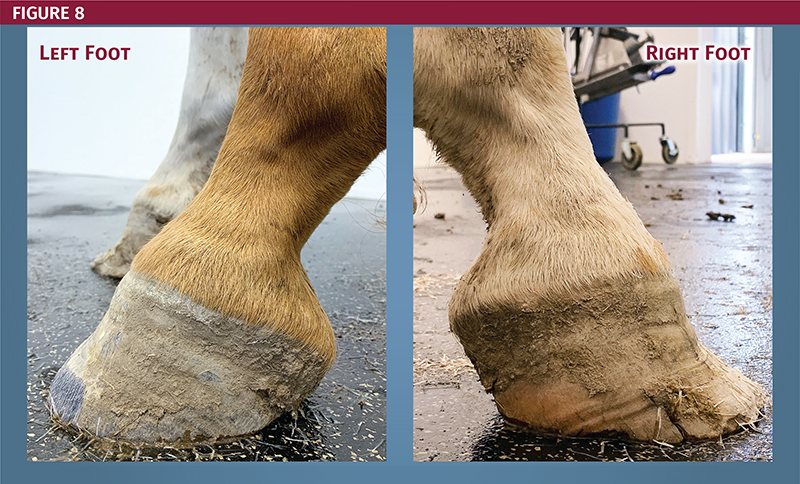
Recognizing And Managing The Club Foot In Horses Horse Journals

Club Foot In Horses Brian S Burks Fox Run Equine Center Facebook

Club Feet The Brutal Truth David Farmilo

A Normal Angle Compared To A 8 Defined As A Grade 2 Club Foot Download Scientific Diagram

Equine Therapeutic Farriery Dr Stephen O Grady Veterinarians Farriers Books Articles
